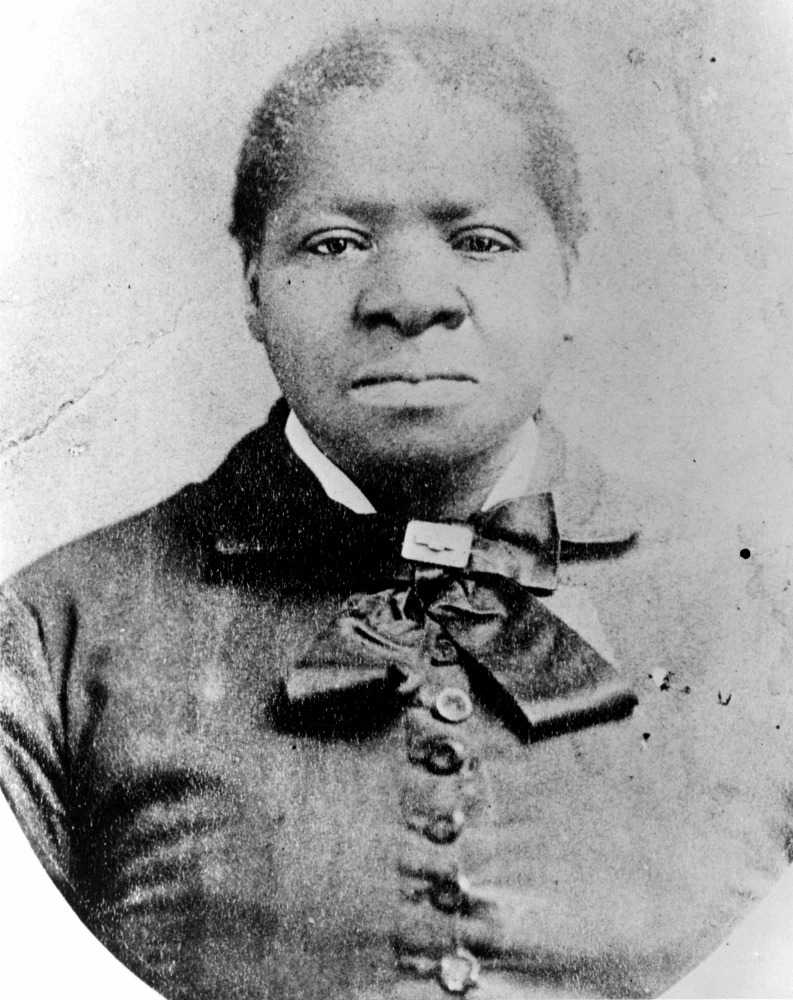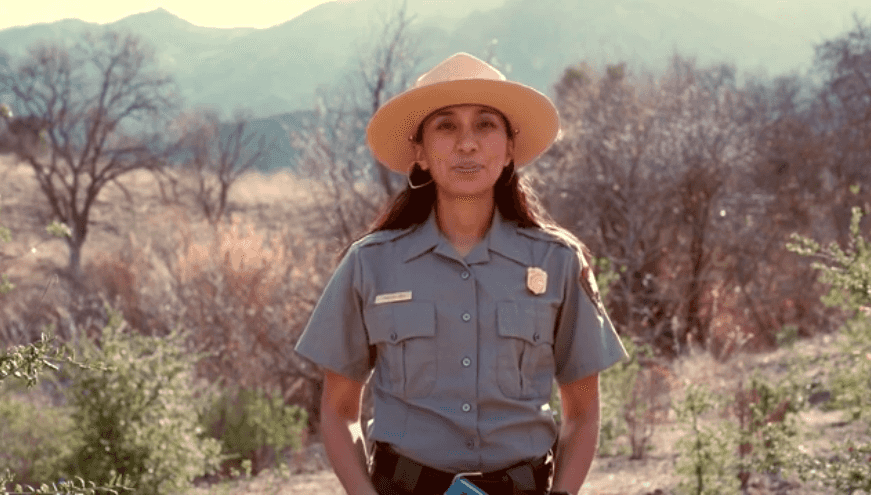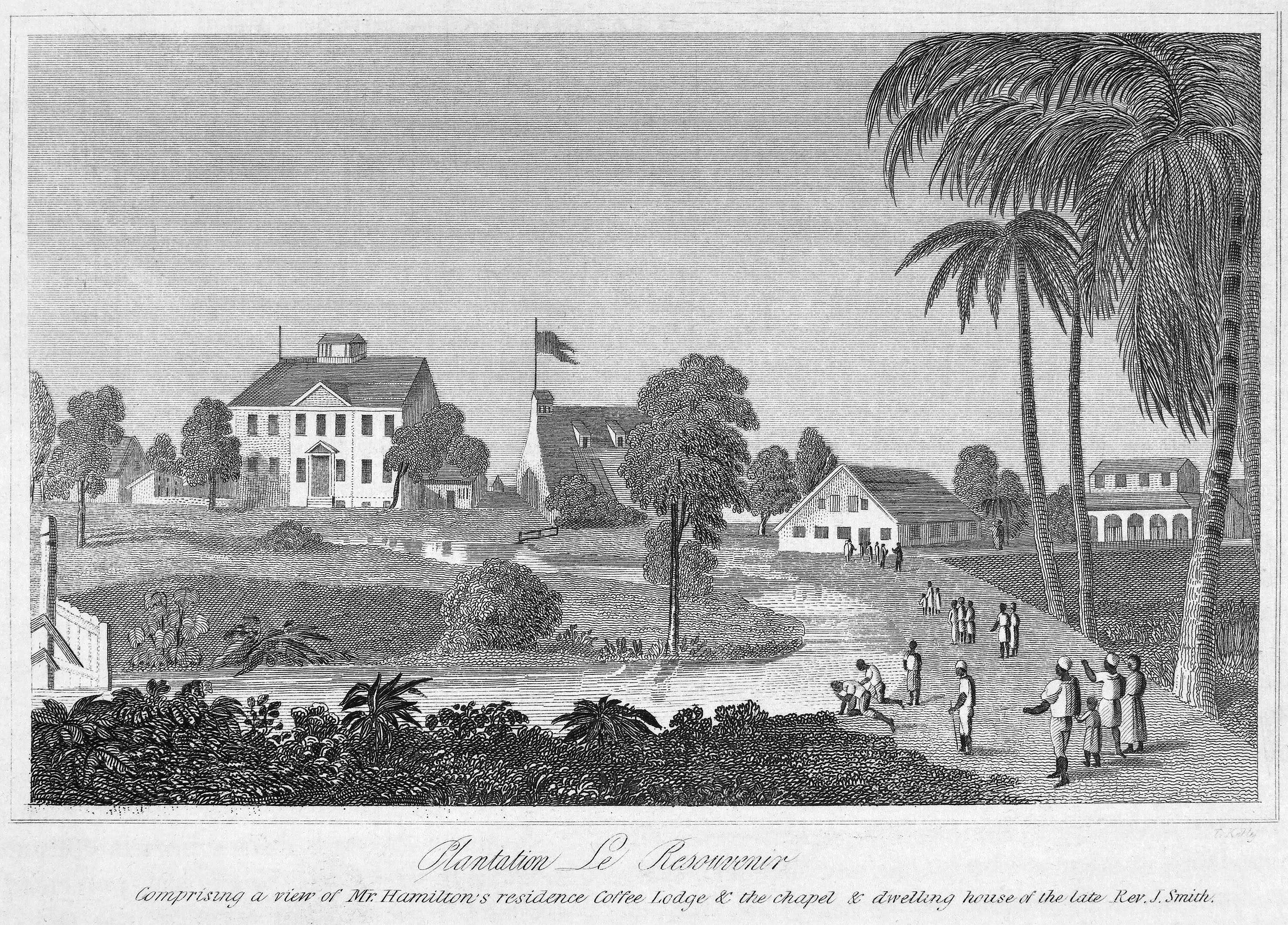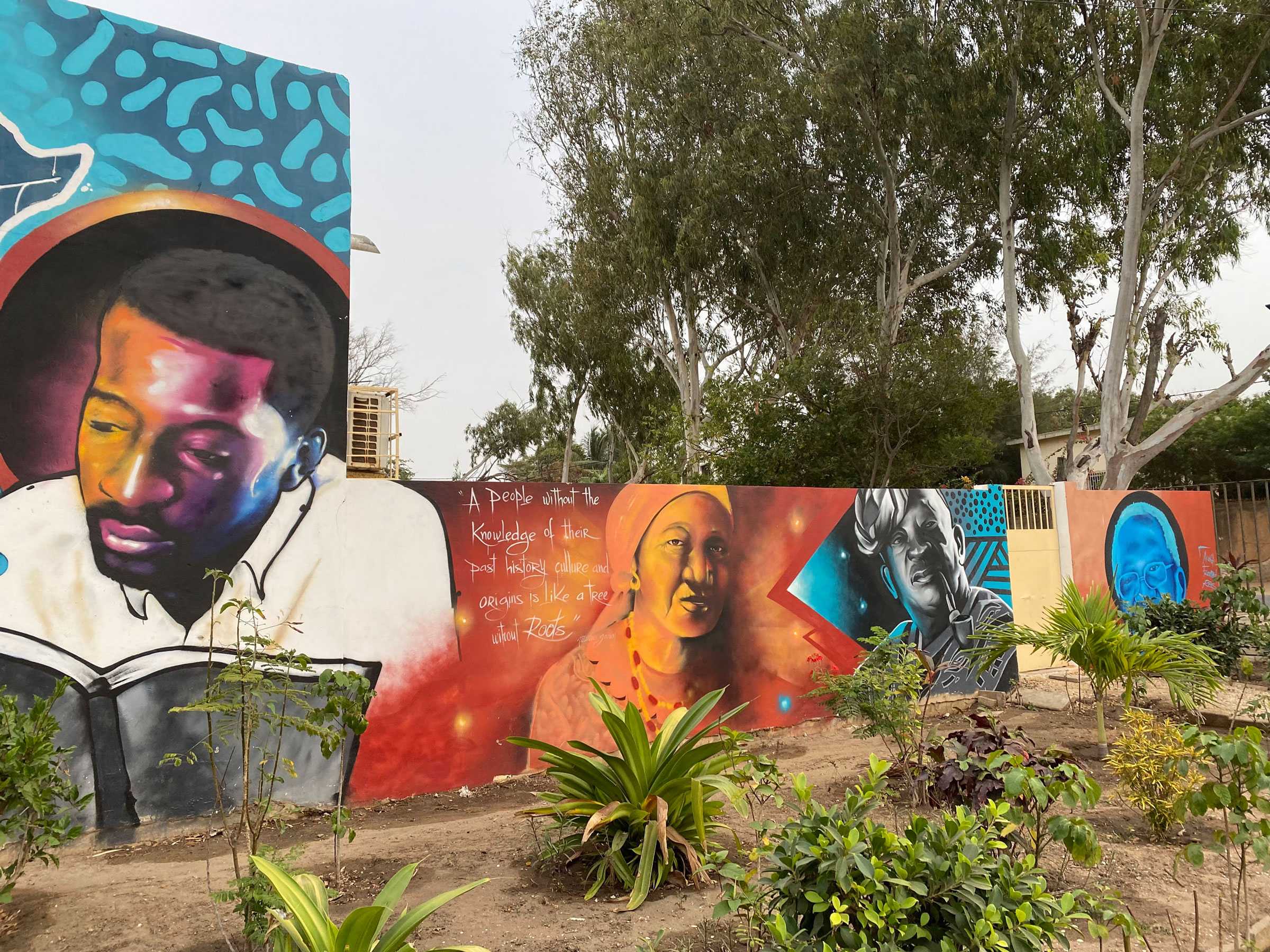Biography
Bridget “Biddy” Mason

The Long Walk to Freedom
Freedom Papers of Biddy Mason, given to her in 1860, photographed 1930–1989. View Biddy Mason's entire freedom papers.
Bridget “Biddy” Mason (1818–1891) was born enslaved in Hancock, Georgia, and was purchased circa 1836 by Robert and Rebecca Smith, who owned a plantation in Logtown, Mississippi. In 1847, Robert Smith became a Mormon and moved his family and the 19 enslaved people on his property to Utah. Mason’s duties on the 2,000-mile trek, much of which she walked, included herding the cattle, preparing meals, serving as a midwife, and caring for her three daughters, all presumably fathered by Smith. Four years later, when Brigham Young started a Mormon community in California, Smith moved his household to San Bernardino. Realizing that California had been admitted to the Union in 1850 as a free state, Biddy Mason soon petitioned the court for her freedom. Although she was forbidden as an enslaved person from testifying in court, the judge conferred privately with Mason and granted her and her daughters their freedom in 1856.
A Woman of Independent Means
Ellen Mason Owens Huddleston, daughter of Biddy Mason, 1880– 1890
Bridget “Biddy” Mason at the Owens family house, Los Angeles, CA. Mason is center with white collar, ca. 1870
Charles Owens block purchased by Biddy Mason in 1866, Spring Street, 1907– 1908
In 1856, after Biddy Mason and her daughters gained their freedom, Mason’s daughter Ellen married a free man named Charles Owens, the son of a renowned businessman in the African American community of Los Angeles. Owens had helped Mason with her court petition and later invited her to live with the Owens family. Using her skills as a nurse and midwife, she assisted with hundreds of births to mothers of diverse races and social classes; such skills helped lead to Mason’s financial independence. By 1866, she was able to purchase a house and sizable property at South Spring Street, becoming one of the first African American women in Los Angeles to own land. Mason continued to buy property and her wise investments led to an accumulated fortune of about $300,000, much of which she gave toward numerous charitable projects.
A Legacy of Faith and Worship
First African Methodist Episcopal Church of Los Angeles at 8th and Towne Avenue, 1960s
In 1872, Biddy Mason organized the First African Methodist Episcopal Church of Los Angeles (FAME) in her home at 325 South Spring Street. By 1888, with finances from Mason and Charles Owens, the congregation had purchased property on Azusa Street for $700 and worshipped at this location for fifteen years. During this time, Mason passed away at age 73, but the Church continued to grow. Twelve years after her death, the congregation moved to the historic building at 8th and Towne Avenue, where they worshipped for 66 more years. In 1968, FAME church members gathered to lay the cornerstone for their new building at South Harvard Boulevard in 1968. The following year the congregation moved into a building which had been designed in 1963 by the renowned African American architect Paul R. Williams.
Featured Video
Biddy Mason Speaks Up
The winner of numerous literary awards in 2020 and 2021, the book Biddy Mason Speaks Up is a new installment in the “Fighting For Justice” Series of HeyDey Books. In this video, Ranger Master of the National Park Service reads the book aloud outdoors in the Santa Monica Mountains, where Biddy Mason spent a brief period before gaining her freedom.
If you hold your hand closed, nothing good can come in. The open hand is blessed, for it gives in abundance even as it receives.
Bridget "Biddy" Mason



